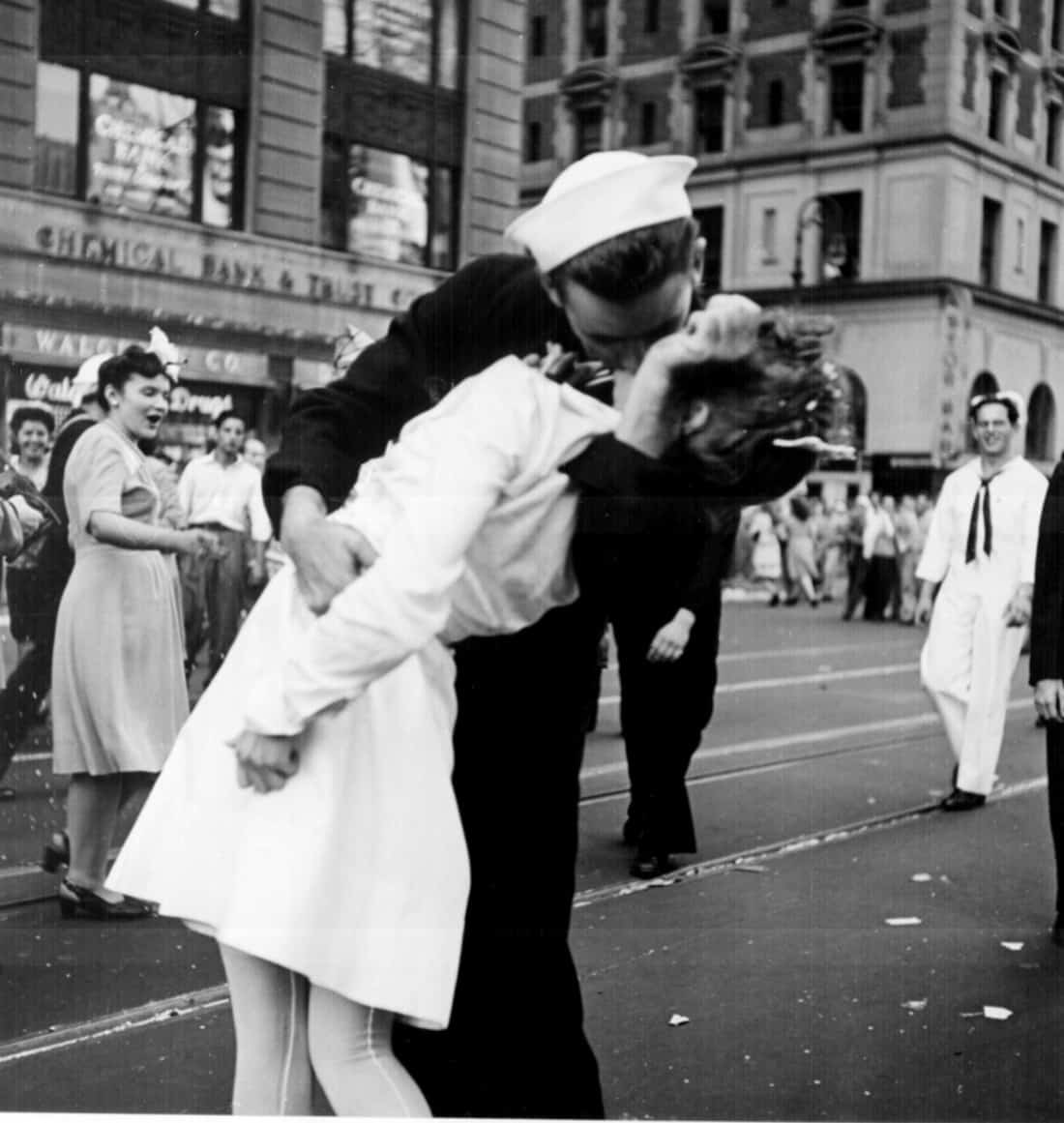Little Known Questions About Framing Streets.
The Only Guide to Framing Streets
Table of ContentsSome Ideas on Framing Streets You Need To KnowThe 7-Second Trick For Framing StreetsIndicators on Framing Streets You Need To KnowGetting My Framing Streets To WorkExamine This Report on Framing Streets9 Easy Facts About Framing Streets Described
, usually with the goal of catching images at a definitive or touching moment by cautious framing and timing. https://folkd.com/profile/framingstreets1.
The Single Strategy To Use For Framing Streets
Susan Sontag, 1977 Road digital photography can concentrate on people and their actions in public. In this regard, the street professional photographer resembles social docudrama photographers or photojournalists that additionally operate in public locations, but with the purpose of catching relevant occasions. Any one of these photographers' images may record people and home visible within or from public locations, which frequently involves navigating honest concerns and regulations of personal privacy, protection, and property.
Depictions of day-to-day public life develop a category in almost every duration of globe art, starting in the pre-historic, Sumerian, Egyptian and early Buddhist art periods. Art handling the life of the road, whether within sights of cityscapes, or as the leading motif, shows up in the West in the canon of the Northern Renaissance, Baroque, Rococo, of Romanticism, Realism, Impressionism and Post-Impressionism.
Not known Incorrect Statements About Framing Streets
Louis Daguerre: "Boulevard du Temple" (1838 or 1839) In 1838 or 1839 the first photograph of figures in the road was taped by Louis-Jacques-Mand Daguerre in among a pair of daguerreotype views drawn from his workshop home window of the Boulevard du Temple in Paris. The 2nd, made at the height of the day, shows an uninhabited stretch of road, while the other was taken at regarding 8:00 am, and as Beaumont Newhall records, "The Blvd, so regularly filled with a moving crowd of pedestrians and carriages was flawlessly solitary, other than a person that was having his boots combed.
His boots and legs were well specified, but he is without body or head, because these were in movement." Charles Ngre, waterseller Charles Ngre. https://moz.com/community/q/user/framingstreets1 was the initial digital photographer to achieve the technological sophistication called for to register people in activity on the road in Paris in 1851. Photographer John Thomson, a Scotsman dealing with reporter and social activist Adolphe Smith, published Street Life in London in twelve monthly installments beginning in February 1877
What Does Framing Streets Mean?
Eugene Atget is considered a progenitor, not because he was the first of his kind, however as a result of the popularisation in the late 1920s of his record of Parisian streets by Berenice Abbott, that was motivated to take on a comparable paperwork of New York City. [] As the city created, Atget aided to promote Parisian streets as a worthy topic for photography.

Not known Incorrect Statements About Framing Streets
Martin is the initial taped professional photographer to do so in London with a masked video camera. Mass-Observation was a social study organisation established in 1937 which aimed to tape day-to-day life in Britain and to tape-record the reactions of the 'man-in-the-street' to King Edward VIII's abdication in 1936 to marry divorce Wallis Simpson, and the succession of George VI. The chief Mass-Observationists were anthropologist Tom Harrisson in Bolton and poet Charles Madge in London, and their very first record was produced as guide "May the Twelfth: Mass-Observation Day-Surveys 1937 by over two hundred onlookers" [] Home window cleaner at Kottbusser Tor, Berlin, by Elsa Thiemann c. 1946 The post-war French Humanist Institution professional photographers found their subjects on the street or in the diner. Andre Kertesz.'s widely admired Images la Sauvette (1952) (the English-language edition was titled The Decisive Moment) promoted the concept of taking an image view it now at what he termed the "crucial moment"; "when type and material, vision and composition merged right into a transcendent whole" - 50mm street photography.
The Buzz on Framing Streets
, after that a teacher of young youngsters, connected with Evans in 193839.'s 1958 publication,, was significant; raw and often out of focus, Frank's pictures questioned traditional photography of the time, "tested all the official rules laid down by Henri Cartier-Bresson and Walker Evans" and "flew in the face of the wholesome pictorialism and sincere photojournalism of American magazines like LIFE and Time".